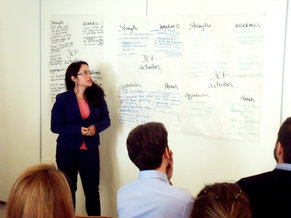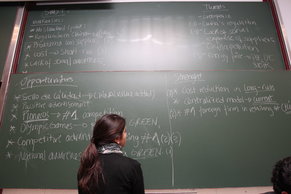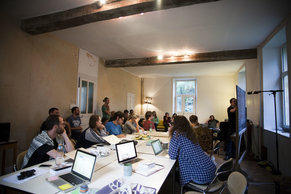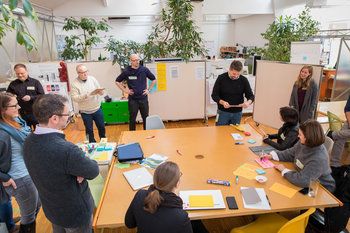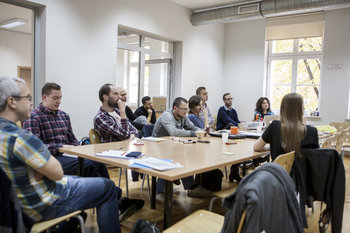Access to an Audience | Acquisitions |
Address The Root Cause of an Issue / Incident / Problem | Artistic Output |
Automate Toil | Barriers to Entry |
Brand Recognition / Awareness | Build Trust |
Capitalize on a Trend | Career Change |
Celebrate a Milestone / Success | Character Building |
Close Sales | Close an Agreement |
Control a Process | Correct a Flaw |
Cost Reduction | Creative Partnerships |
Cultural Capital | Cultural Experiences |
Customer Needs | Customer Pain Points |
Customer Perceptions | Defeat a Negative Habit / Routine |
Delight Customers | Deliver a Project |
Demographic Change | Deregulation |
Design Improvements | Develop Knowledge / Know-how |
Develop Relational Capital | Discontinue a Failing Strategy |
Do Good | Economic Booms / Growth |
Educational Opportunities | Efficiency Improvement |
End a Failing Partnership | Engage in Competition |
Enrich / Change a Culture | Epic Experience |
Establish / Expand Partnerships | Establish Relationships |
Establish Reputation | Establish a Positive Habit / Routine / Expectation |
Expand a Business | Experiment |
Express Yourself | Family Life |
Freedoms | Friendship |
Gain Experience | Growing Cities / Regions |
Growing Industries | Implement an Idea |
Important Conversations | Impress Stakeholders |
Improve Decision Making | Improve Management of People / Resources |
Improve Safety & Security | Improve Work Quality |
Increase Resilience | Industry Consolidation |
Influence / Inspire Others | Infrastructure Advancement |
Inventions | Investments |
Lead Change | Learn From Failure |
Learning / Unlearning | Manage a Risk |
Mastery of an Art | Missteps of Competition |
Networking | New Job |
New Markets | New Materials |
New Processes / Methods | New Technologies |
Optimize a Process | Overcome a Fear |
Participate in Events | Perform a Role |
Performance Improvement | Political Change |
Political Power | Price Changes |
Product Development | Productivity Increases |
Promotions | Public Speaking |
Publicity | Pursue a Lifestyle / Way of Life |
Pursue a Mission / Vision | Pursue a Style / Aesthetic |
Quality Improvement | Quality Time |
Recover From Failure | Recruit High Performing Employees |
Redefine Yourself | Redesigns |
Reduce Turnaround Time | Reduced / Increased Barriers to Trade |
Regulatory Change | Reinvent a Business Model |
Relationships | Repay a Kindness |
Reposition a Product | Resolve a Dispute |
Responsibilities | Restructuring |
Retain High Performing Employees | Retrenchment |
Save Time | Secure a Supply |
Social Change (e.g. attitudes and opinions) | Social Experiences |
Social Status | Solve a Problem |
Sponsors / Patrons | Stretch Goals |
Support Others | Talent Cultivation |
Teach / Mentor Others | Tell a Story |
Test & Learn | Thank Someone |
Upsell / Cross-sell | Value Creation |
Volunteering | Work Assignments |
 |
A-Z | Popular | Blog | SWOT | Search » |
